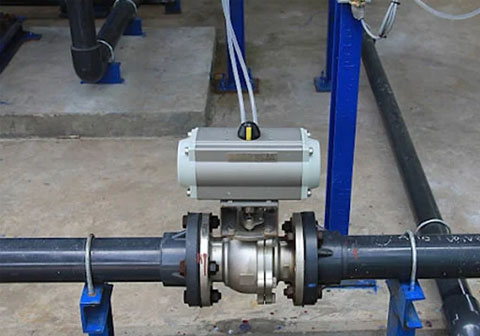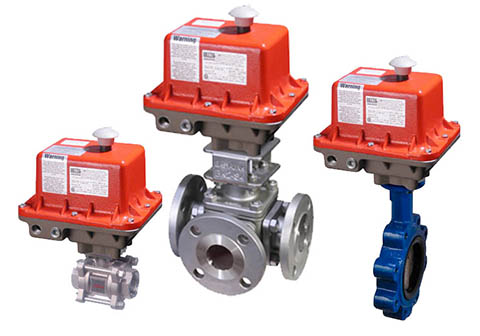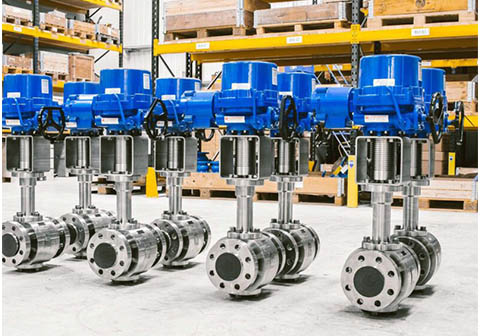Actuator and Valves
Actuator and Valves
Actuated valves provide the foundation of flow control for any modern process system. An actuated valve operates externally through a coupled mechanical force known as an actuator. This article will review how an actuated valve works, different types of actuated valves, a diagram, and its operation vs. a solenoid valve and control valve.
Actuated valves typically function as an on-off mechanism to allow or block fluid flow. Sometimes, they provide partial flow allowance if required by the process. The regulation of fluid flow is essential in any modern process system. Actuated valves ensure the fluid is sealed and distributed appropriately throughout the system.
An actuated valve operates by either manual, electrical, pneumatic, hydraulic, self-actuated, or spring force. These valves are typically used in process systems where open and close operations are required.
Engineers must ensure that the actuated valve deploys the proper actuation method. For instance, manual actuation for a blowoff valve would likely be too slow. In such a case, pneumatic or hydraulic actuation provides a better solution due to a near-instantaneous response rate.




